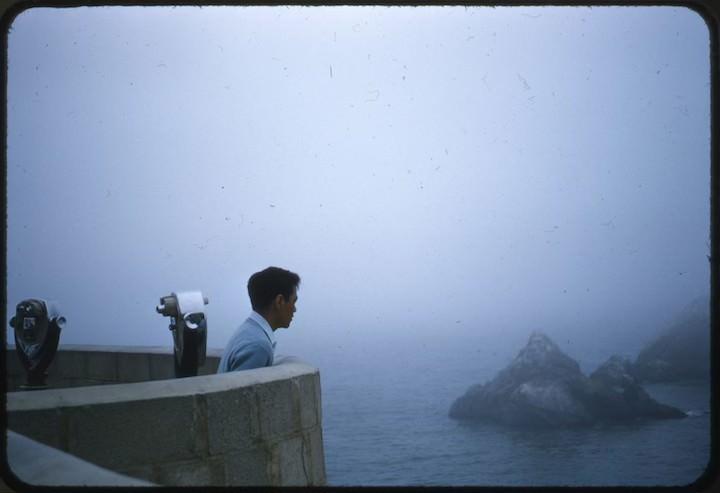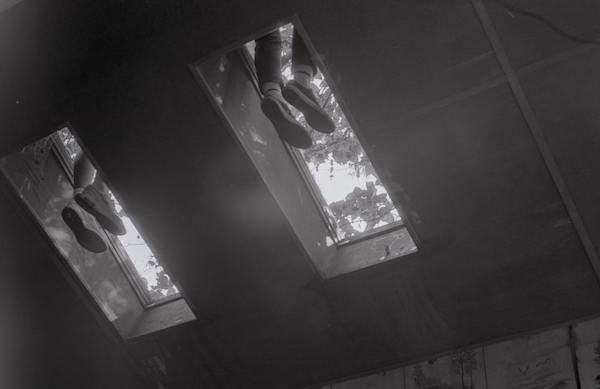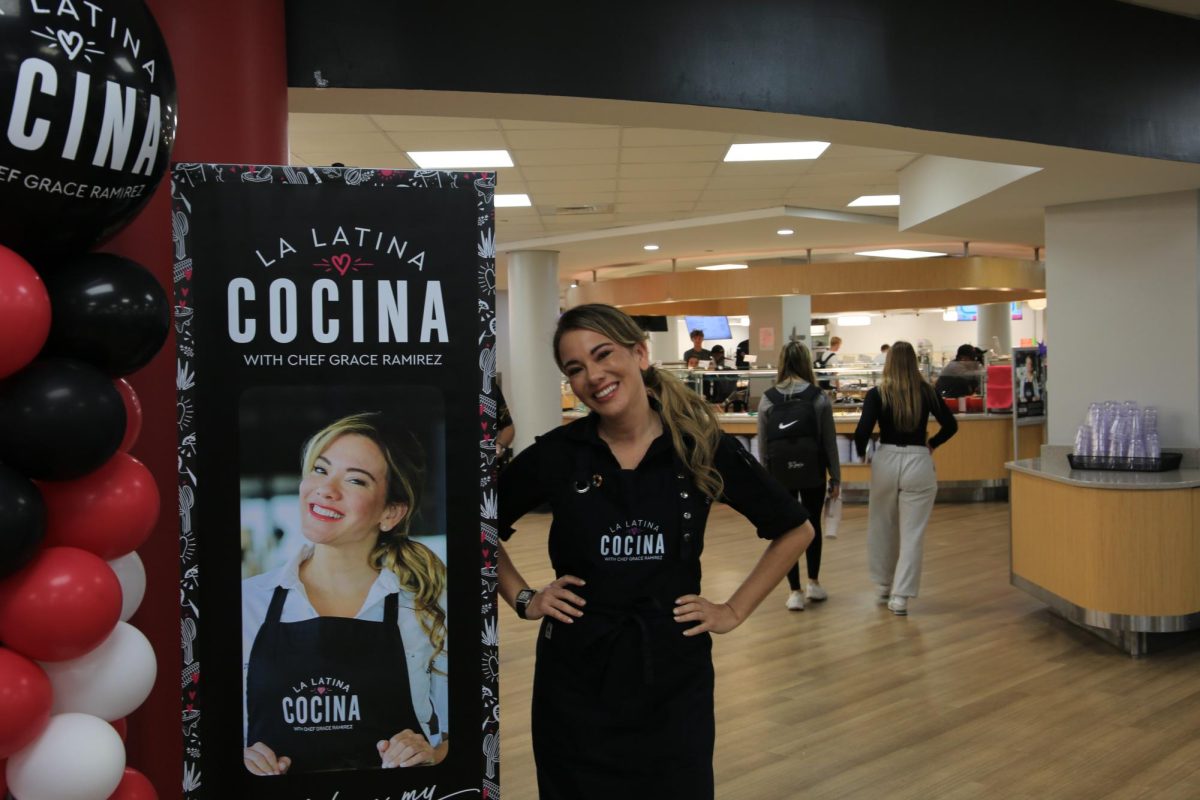With the plethora of mobile and digital cameras available, film photography might sound like an art form from the past. But for Justin Layug ’25, it is his present and future.
Half of the enjoyment Layug gets from shooting film photography is the 30-40 minute process that goes into developing the film. This time has become a sort of meditation away from his everyday stress.
“I can’t be on my phone doing stuff,” Layug said. “I sit there and just center myself. That is the meditation aspect of it.” The dark room in Boland Hall on the Hawk Hill campus is not the only place Layug develops his film. He has learned how to do the developing process in his apartment bathroom, saving him time and money.
Layug’s go-to film is the Kodak Max 800 he purchased on eBay, which sells for $28.99 for 4 rolls. This film was originally used in single-lens reflex cameras in the 2000s but is no longer manufactured. The expired film he uses gives his photos a unique color palette.
Layug’s grandfather, Dr. Pelagio Layug, used to be a film photographer in the ’50s and ’60s. Recently, Layug found a bunch of his grandfather’s slides in his basement and has since digitized them.
“I can see a similar style to him, which is super weird,” said Layug, who described his style as surrealist and natural. He takes inspiration from Patrick Joust, another film photographer from Maryland where Layug grew up.
Layug said when his grandfather first saw the newly digitized versions of his old photos, he was ecstatic. His grandfather died in July 2022.
Layug pointed out that shooting film photography might sound easy on paper, but it is a process with demands that digital photography does not have.
“Once you start doing the process, you realize you either have the patience for it or you don’t actually enjoy it,” Layug said.
This is what Layug said separates the people that do it because it’s “hip” from the people who actually appreciate the art of film photography. Layug compared film photography to today’s recent trend seen in vinyl records.
Adjunct art professor Maurene Cooper, who currently teaches dark room photography at St. Joe’s, attributes film photography’s resurgence in popularity to the pandemic.
“I think people across all age groups want things they can touch again, and they want to have those kinds of experiences,” Cooper said.
Layung said others who want to get into film photography should gradually start gathering supplies.
“Once you get everything to be self-sufficient with film, it cuts down a lot of the costs, making it into an affordable hobby,” Layung said.



PHOTOS COURTESY OF JUSTIN LAYUG ’25
















































